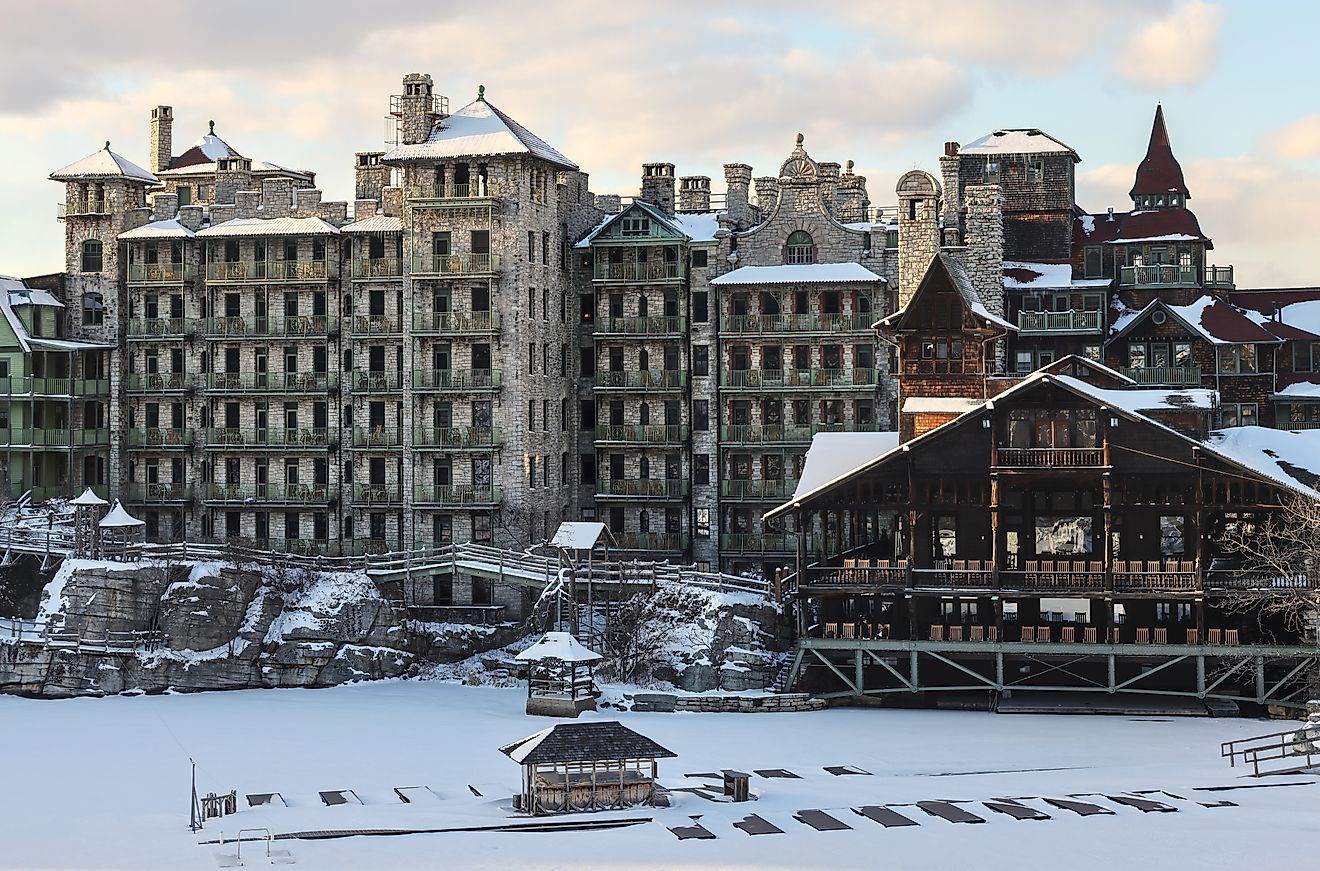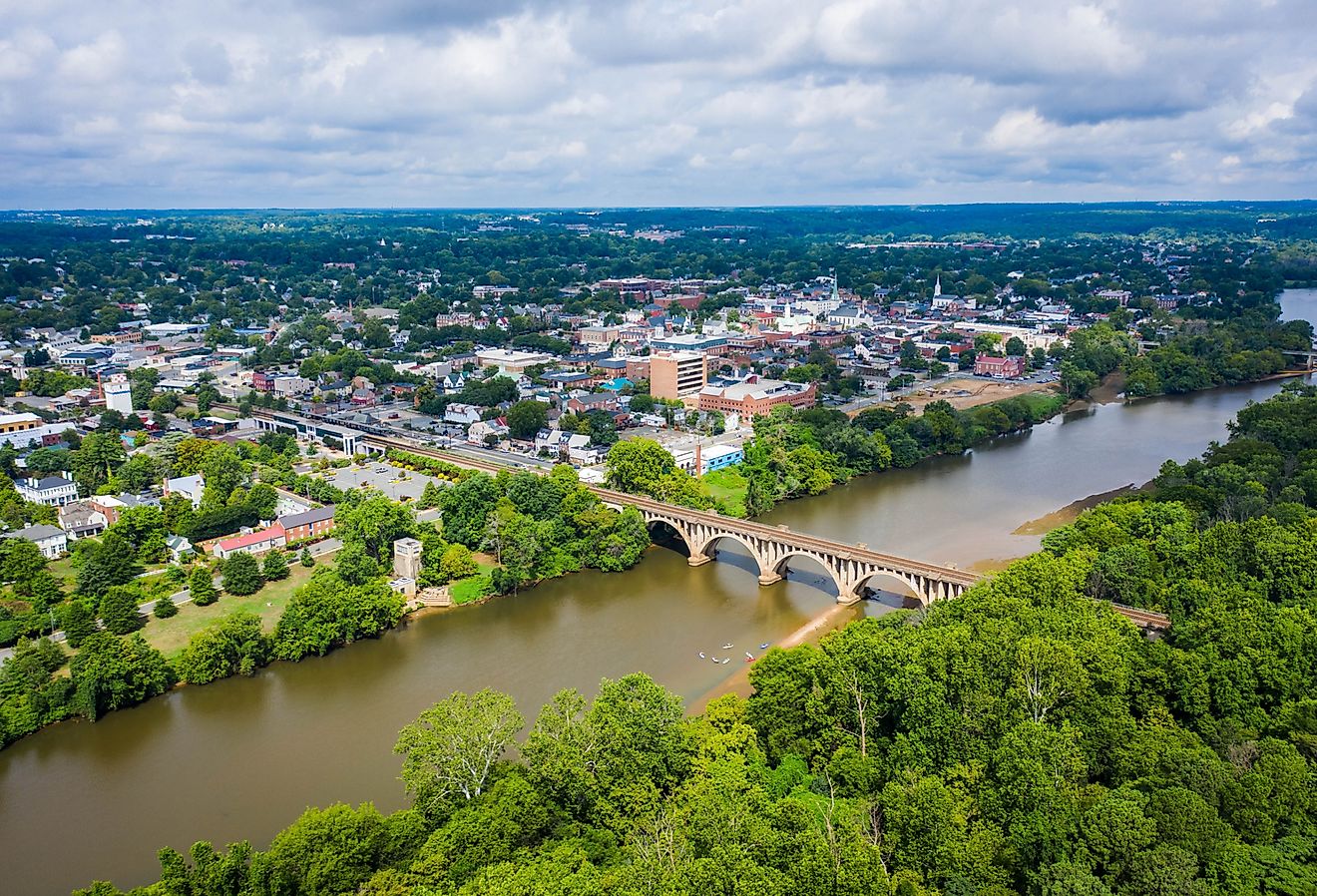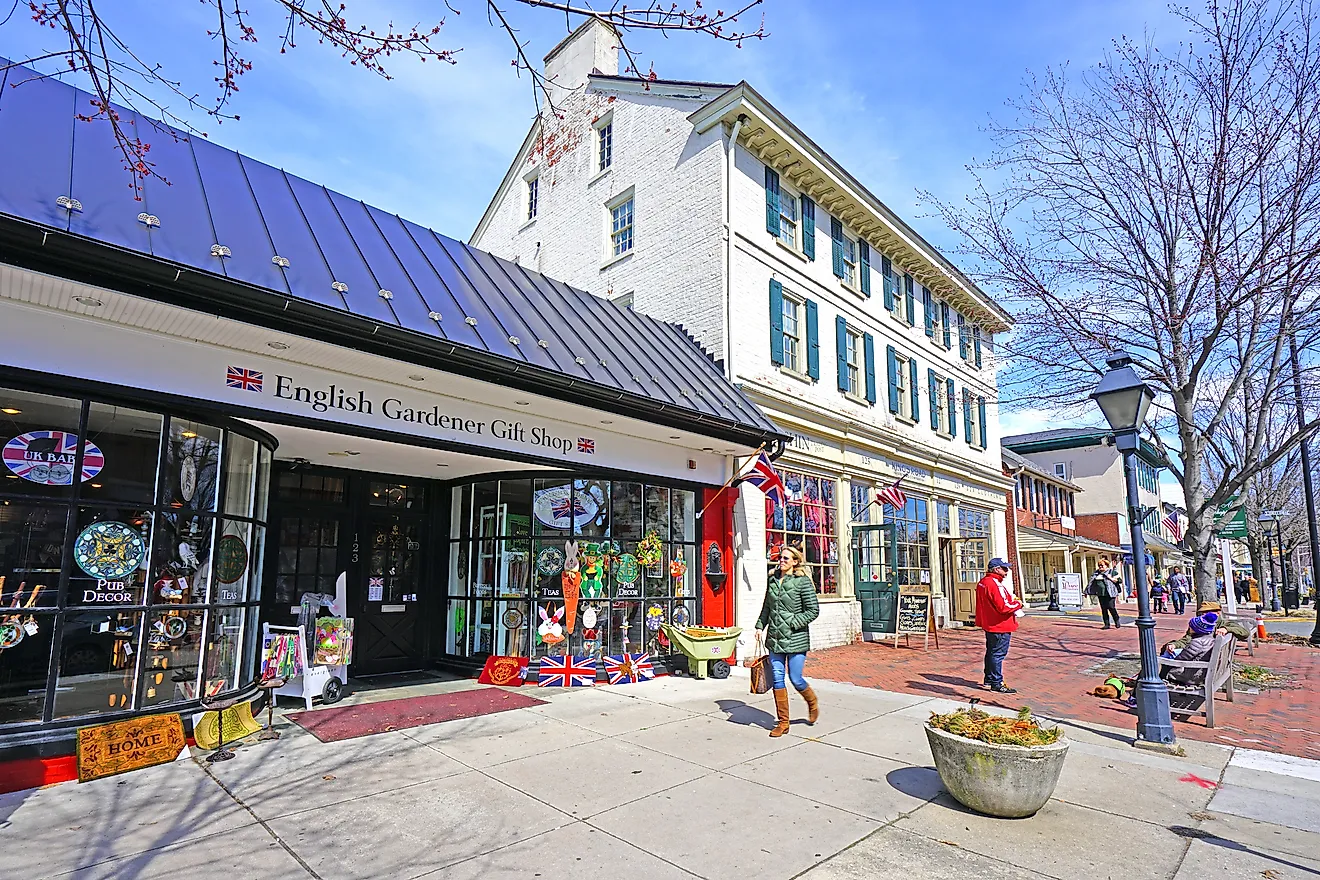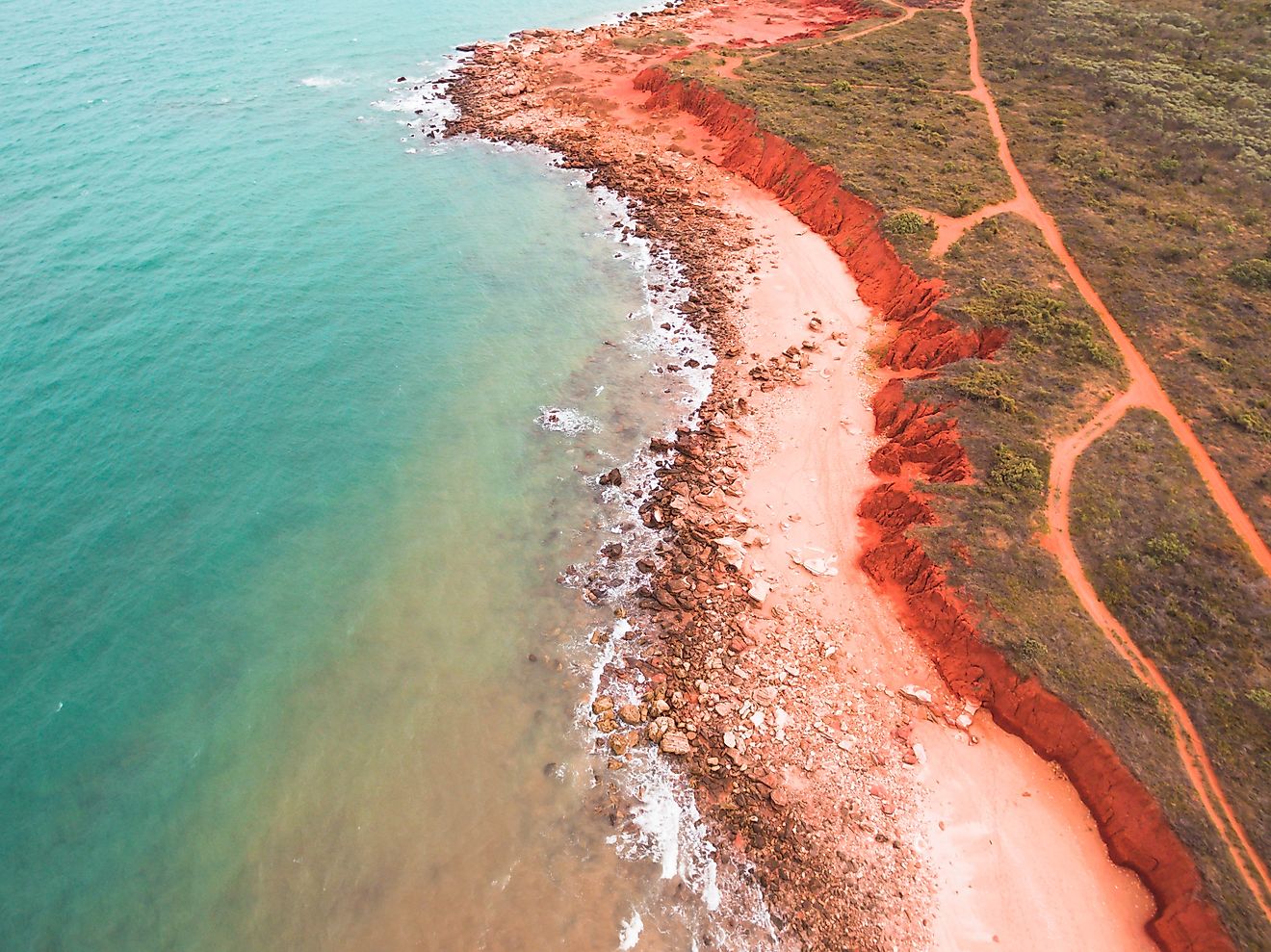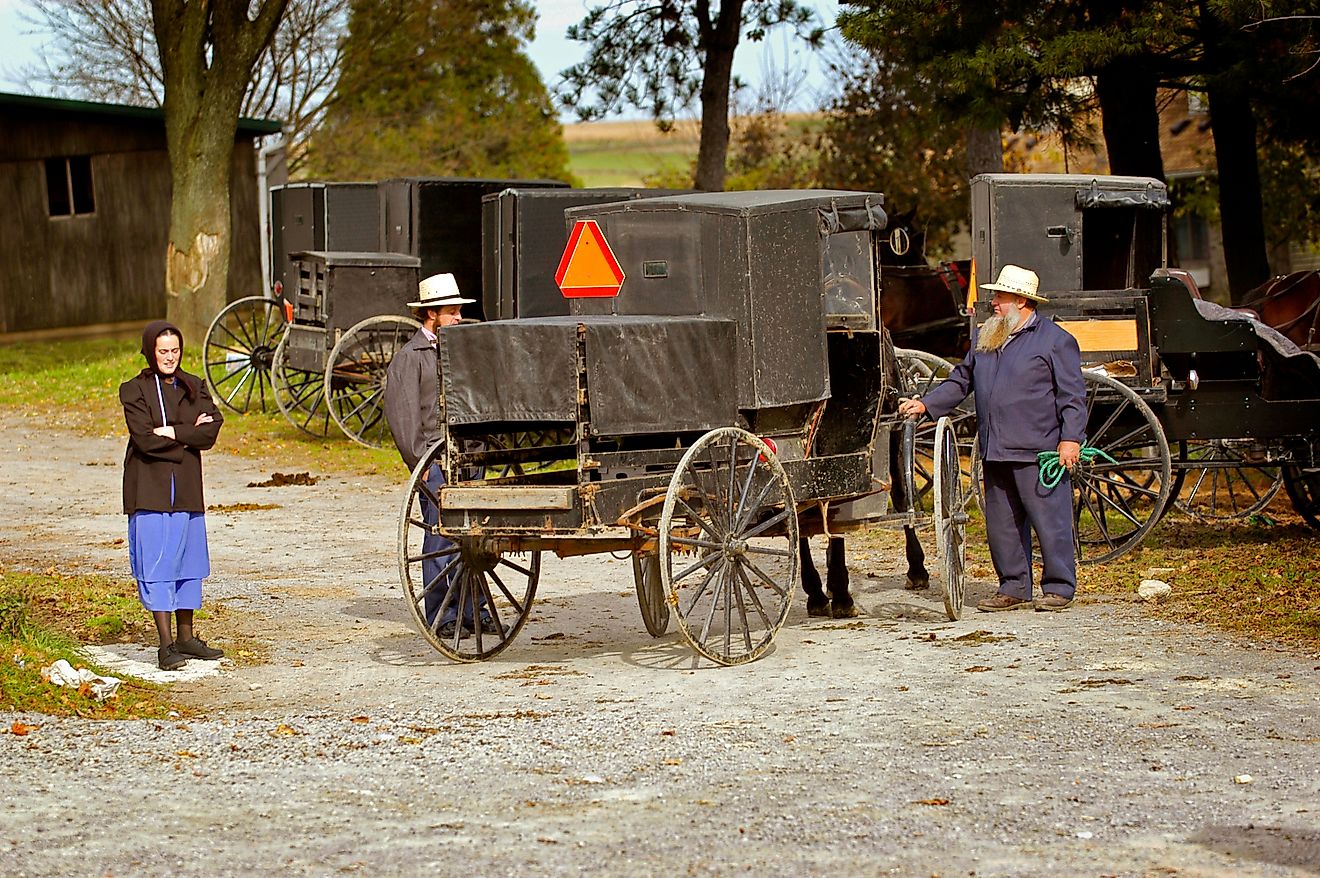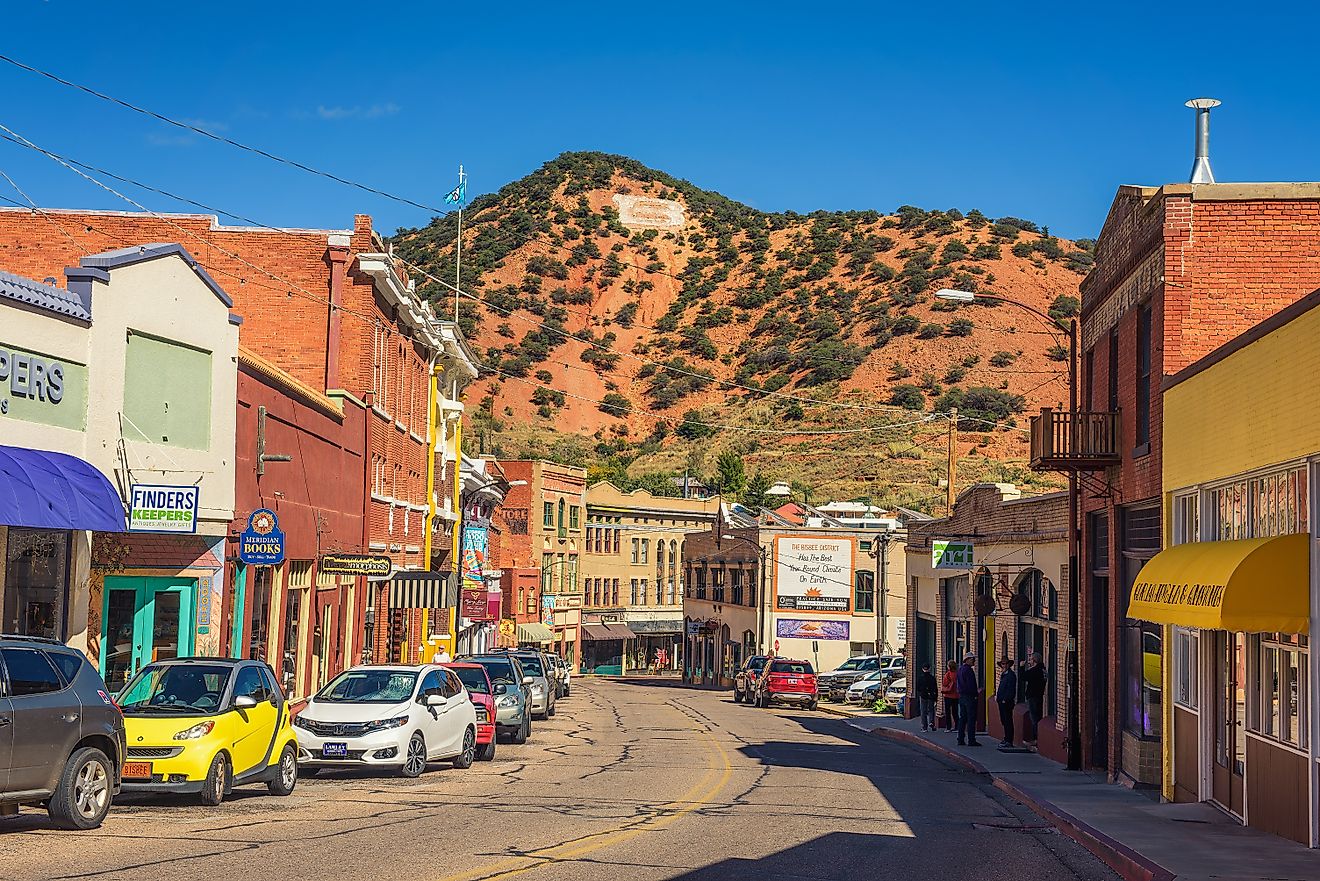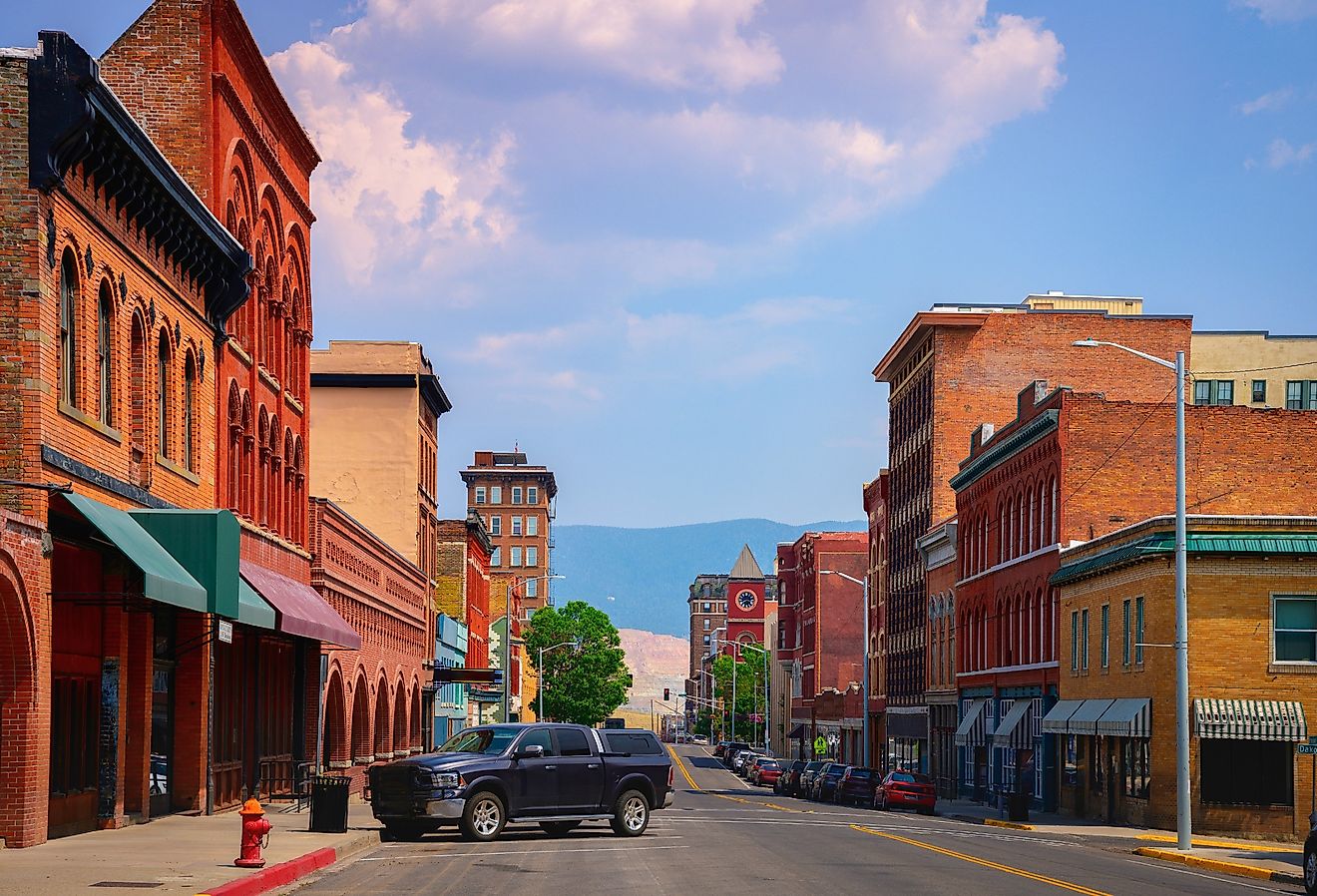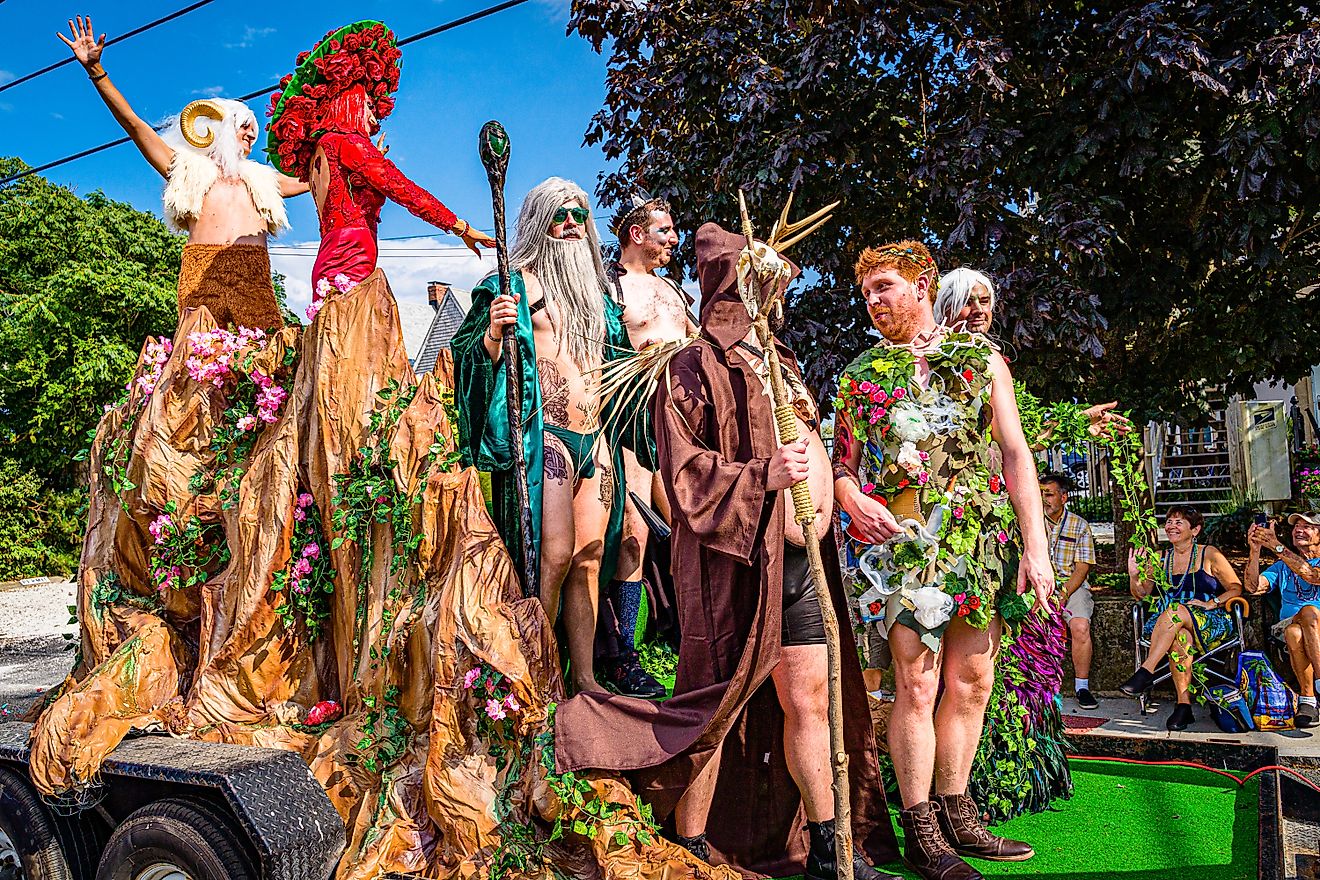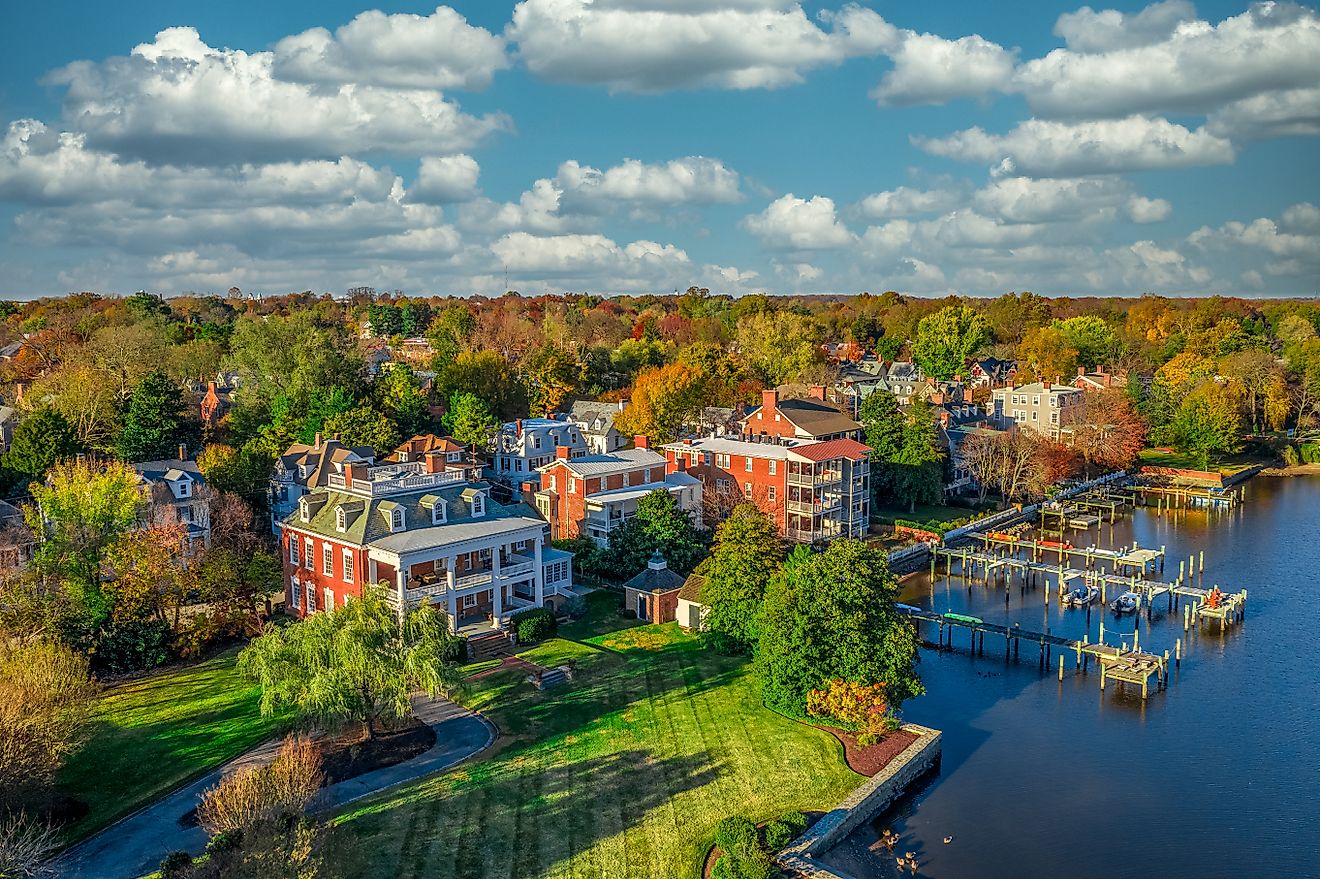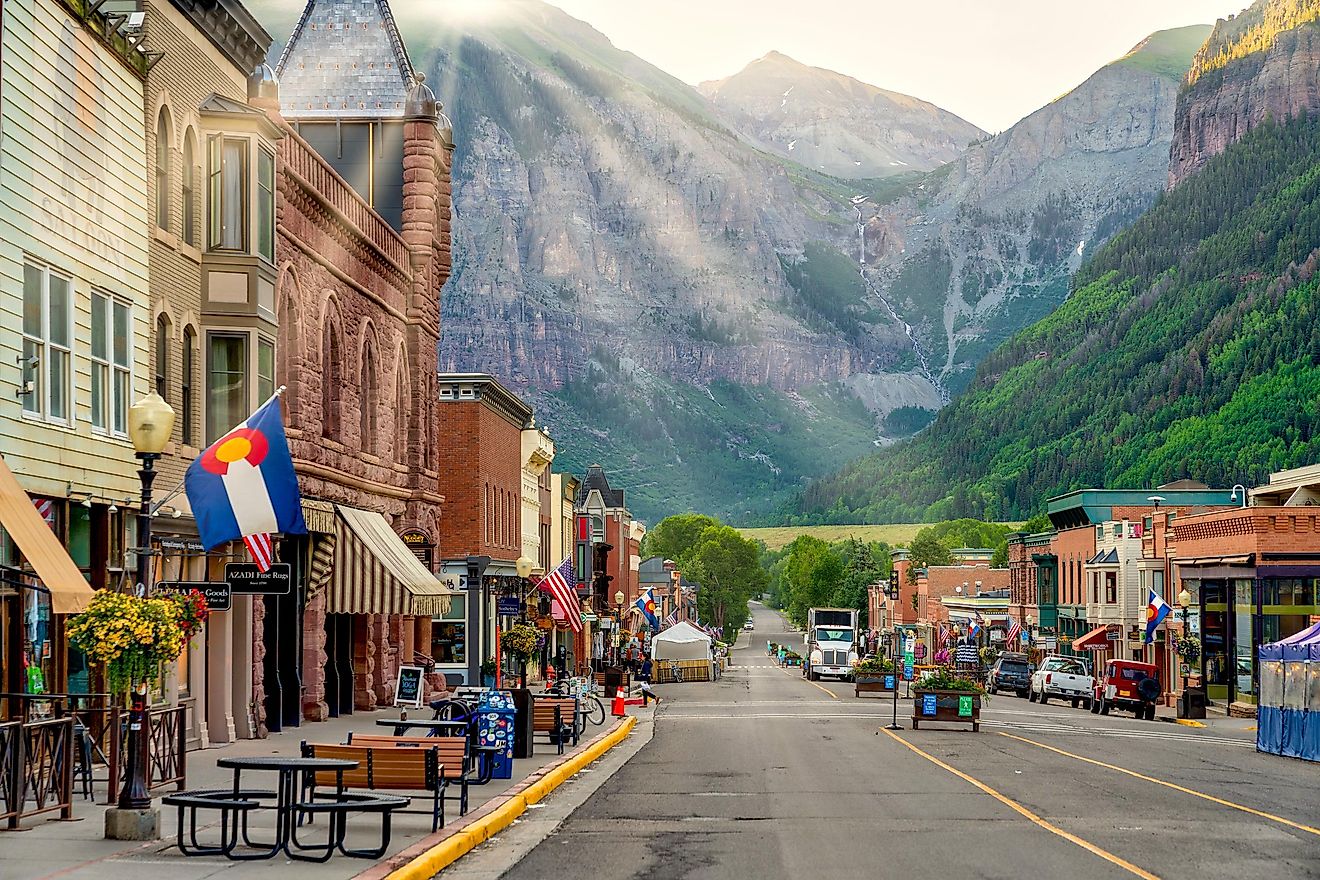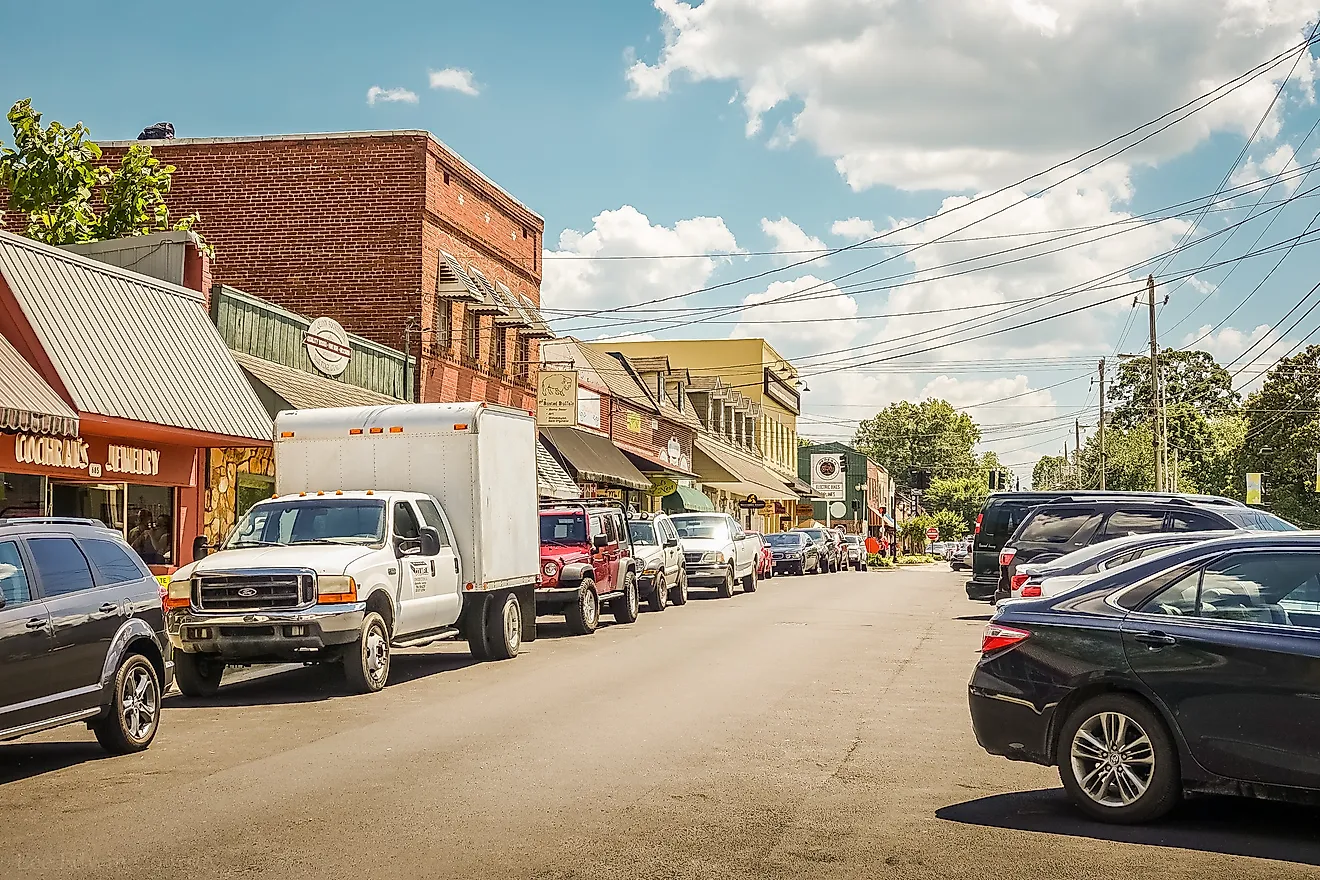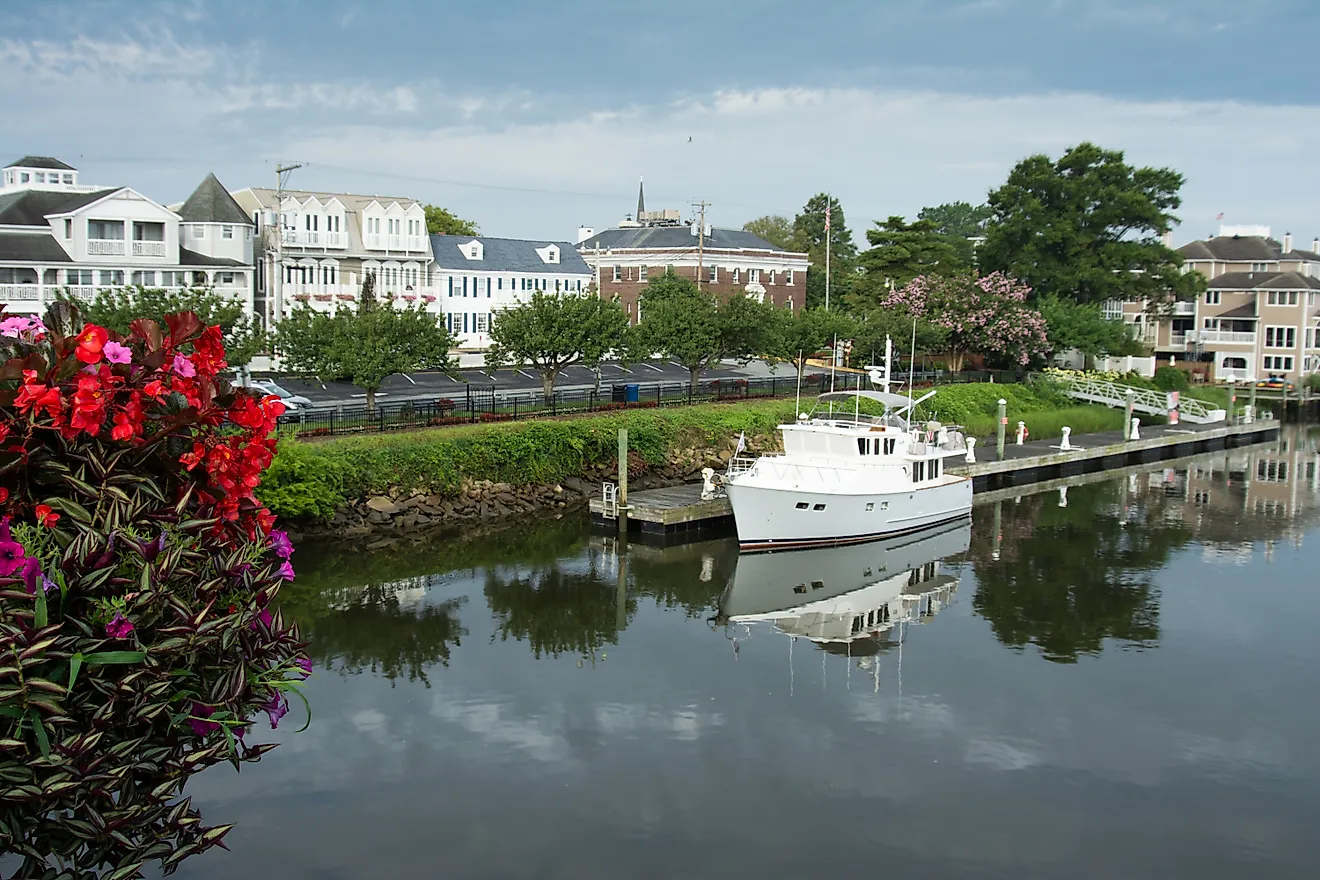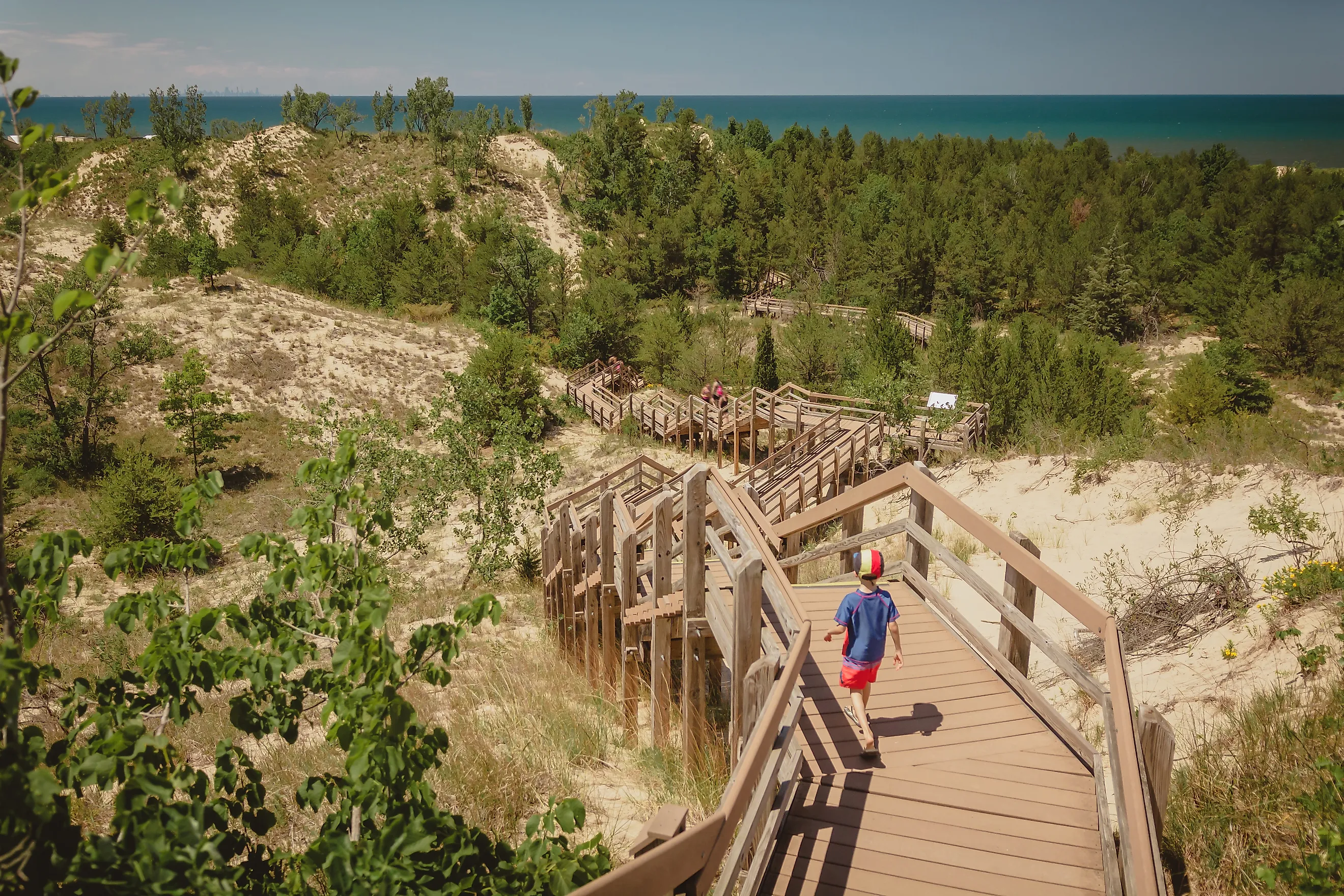
5 National & State Parks In Indiana You Have To Visit
Indiana contains three national parks and 25 state parks, giving visitors plenty of choice when visiting the Hoosier State. While most of these picturesque preserves safeguard areas of outstanding ecological importance and beauty, some also conserve historical sights that reflect Indiana’s rich heritage. Whether you’re in the mood for a scenic hike through breathtaking landscapes, seeking the perfect picnic spot, or eager to step into Indiana’s past, these parks promise an adventure you’ll never forget.
Indiana Dunes National Park, Lake Michigan
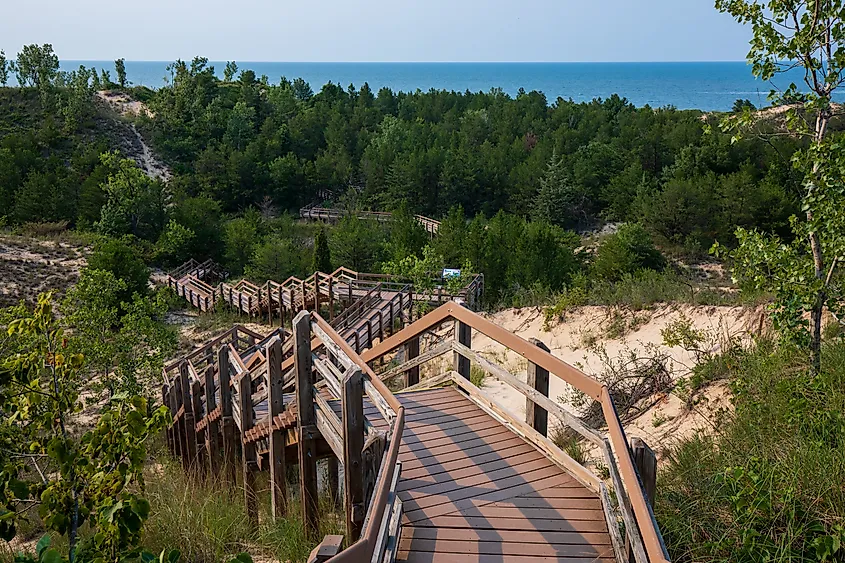
One of the top attractions in the state, the Indiana Dunes National Park covers 15 miles of unspoiled shoreline along Lake Michigan. Shaped by centuries of wind and wave erosion, this unique landscape includes sand dunes, woodlands, prairies, and wetlands — all of which can be explored via 50 miles of hiking trails.
Start your visit at the Visitor Center, where you can pick up a trail map and view educational exhibits about the park’s ecology, habitats, and wildlife. One of the most popular trails is the 0.7-mile Dune Ridge Trail, which meanders through various habitats, including forested dunes and wetlands. If you have more time, try the 3.4-mile Miller Woods Trail, which traces a path through the woods, opening out onto incredible views of the beach, dunes, and lake.
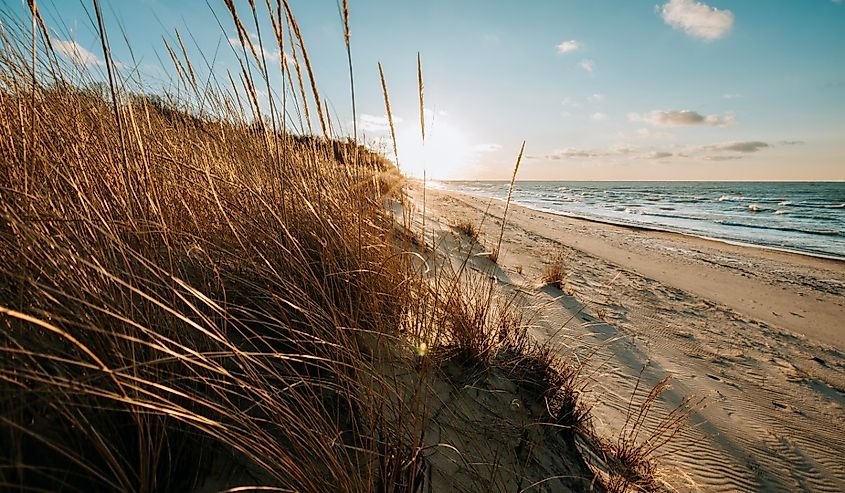
Aside from hiking, the park offers swimming, boating, and fishing. If you decide to cool off in the water, be aware that Lake Michigan has dangerous rip currents and the bottom of the lake is uneven with holes and deep drop-offs.
Indiana Dunes National Park is open year-round. In the winter, the trails are open for cross-country skiing, snowshoeing, and winter hiking. If you’d like to stay in the park, overnight camping is available from April 1 through October 31 at the Dunewood Campground. You can find lodging out of season in the nearby town of Michigan City, just east of the park.
Turkey Run State Park, Marshall
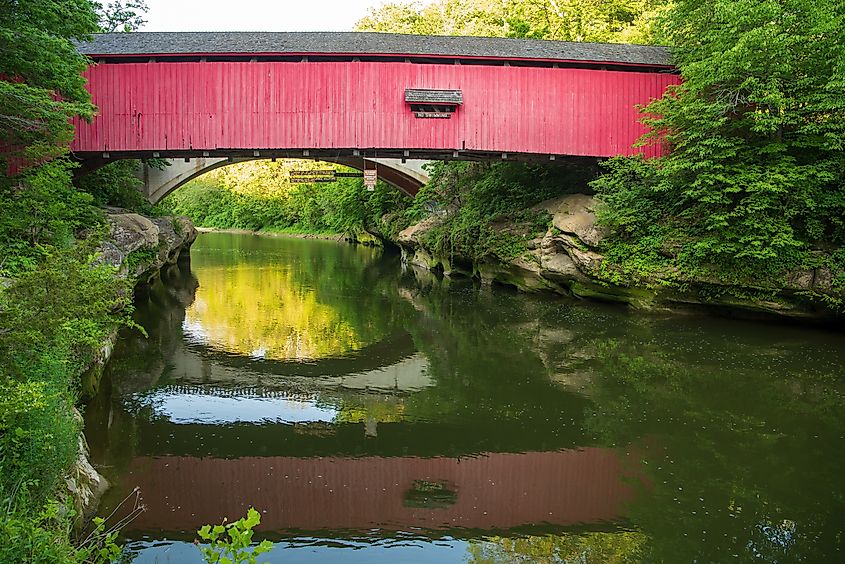
Visit Turkey Run State Park in west-central Indiana, and you’ll be walking through a landscape carved by the erosion of glacial meltwater during the Pleistocene Epoch. This dramatic park is known for its ancient sandstone bedrock, deep ravines, and mature forest. Melting glaciers formed the unique fractured rock faces of park landmarks such as Ice Box, Box Canyon, and Wedge Rock.
Take the 5 Mile Challenge to see the best of the park. The route starts at the Nature Center and travels through three canyons, across a suspension bridge, and up a ladder, passing landmarks like Boulder Canyon. Take pictures of the highlights and show them to park staff to earn a commemorative sticker of your achievement. If you only have time for a short visit, be sure to take Trail 6 to Sunset Point to see the Lieber Cabin. Built in 1848, it’s the oldest of its kind in the state and now houses a museum honoring the ‘father of Indiana’s park system’, Richard Lieber. Past the cabin is a stunning overlook of Sugar Creek.
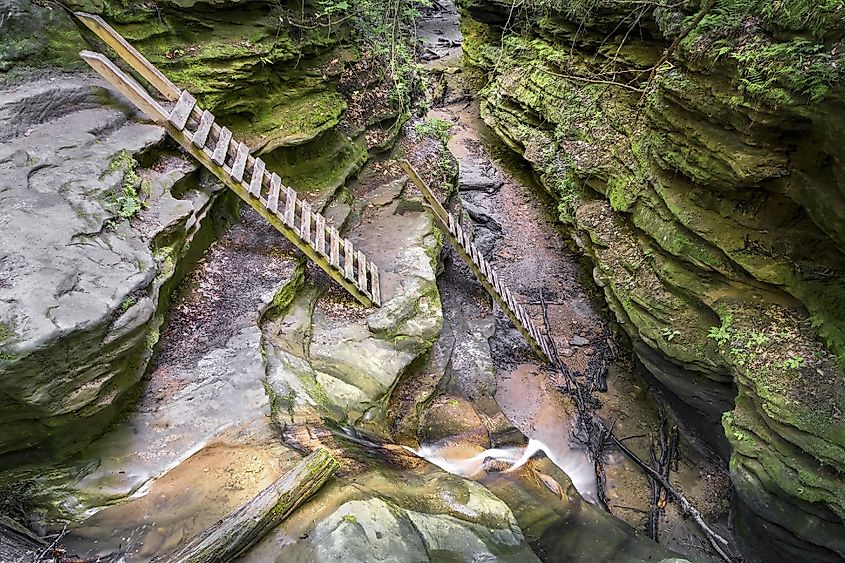
Turkey Run State Park is open daily and welcomes over a million visitors a year. Three cabins and 20 cabin rooms, as well as a campground, are available, but these fill up quickly, so reservations are recommended. You can also book a room at the Turkey Run State Park Inn, a 61-room hotel within the park built in 1919, up to a year in advance.
George Rogers Clark National Historic Park, Vincennes
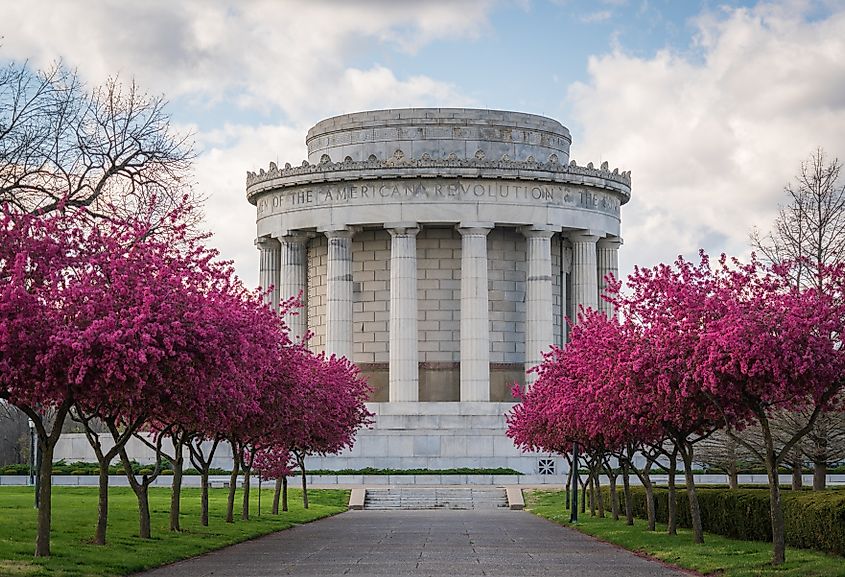
In 1779, Lieutenant Colonel George Rogers Clark helped turn the tide of the Revolutionary War when he captured the British-run Fort Sackville. This victory is commemorated at George Rogers Clark National Historic Park, which contains the George Rogers Clark Memorial and the surrounding grounds overlooking the Wabash River.
Exhibits, monuments, murals, and markers line the walking paths to give visitors new insights into Indiana’s role in the Revolutionary War. Stop by the Visitor Center to learn more and see a short film about the attack on Sackville. Don’t forget to check the park events schedule — the park regularly hosts living history reenactments where costumed actors recreate key moments from the era.
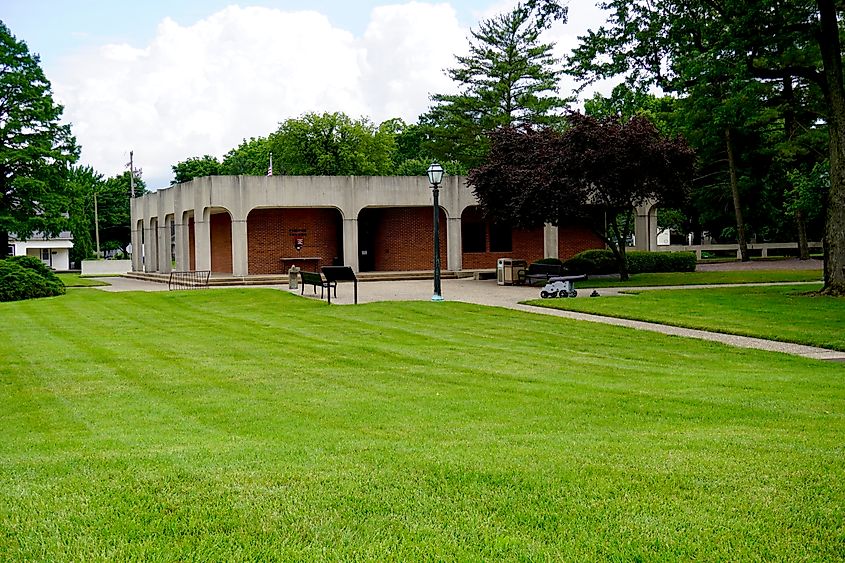
The park and Visitor Center are open daily, excluding major holidays. There are no lodgings within the park, but it’s located in the city of Vincennes, where you’ll find lots of options for accommodation and dining.
Clifty Falls State Park, Madison
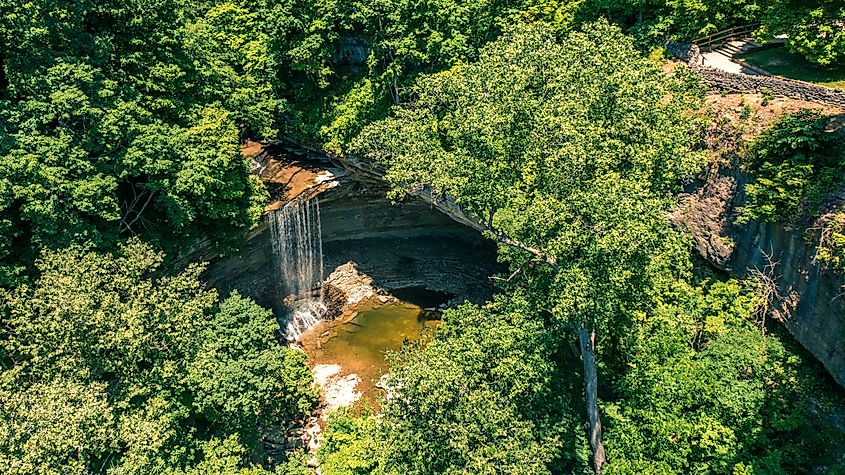
With stunning views over the Ohio River, dazzling waterfalls, and wildflower woodlands, Clifty Falls State Park in Southern Indiana is one of the state’s best. The park contains a nature center, outdoor swimming pool, four major waterfalls, and 15 miles of hiking trails.
The falls that give the park its name are at their best from December to June when water levels are high. The tallest in the park is Tunnel Falls, which cascades 83 feet and can be reached from Trail 5, which leads to an observation deck so hikers can get a bird's-eye view of the action.
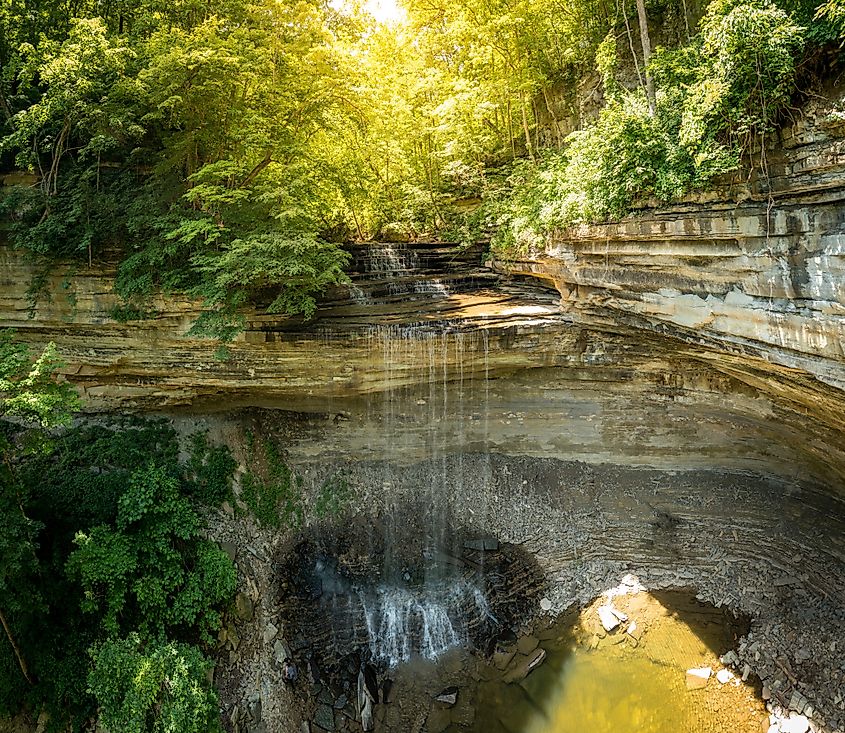
Due to the uneven terrain, the hiking paths at Clifty Falls can be challenging. The most difficult hike in the park is Trail 2, a 3-mile route that follows the bed of Clifty Creek and is considered very rugged. If you’d rather take it easy, Trail 10 is the most accessible. An easy 0.75-mile hike, the trail is a loop through old field ecology, starting at the swimming pool parking lot.
Clifty Falls State Park is open Monday through Friday from 8:30 a.m. to 4 p.m., but weekend and seasonal hours vary. There is a campground at the park, and overnight visitors can also stay at the Clifty Falls State Park Inn, which offers 71 suites and rooms, a full-service restaurant, indoor swimming pool and hot tub, game room, and lounges.
Lincoln Boyhood National Memorial, Lincoln City
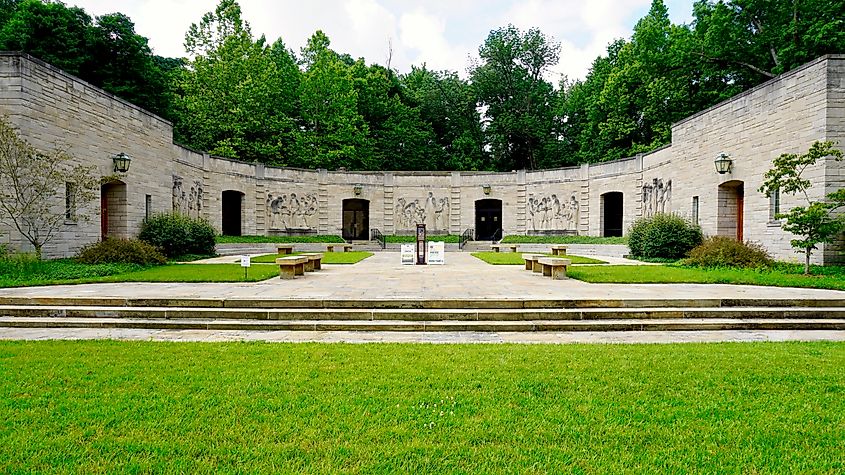
Indiana’s most famous resident, Abraham Lincoln, is celebrated and commemorated at the Lincoln Boyhood National Memorial in Lincoln City, where the 16th US President spent his childhood. The park's centerpiece is the site of the 1800s farm where Lincoln lived from the age of 7 to 21. The Lincoln Living Historical Farm is now a working pioneer homestead where visitors can see rangers dressed in historical clothing performing their chores in the log cabin, outbuildings, and gardens.
There are over 2 miles of trails in the park. The short Lincoln Boyhood Trail is an easy 15-minute walk from the Pioneer Cemetery, where Lincoln’s mother is buried, to the farm, while the longer 0.5-mile Trail of Twelve Stones takes hikers past stone markers that relate to key moments in Lincoln’s life.
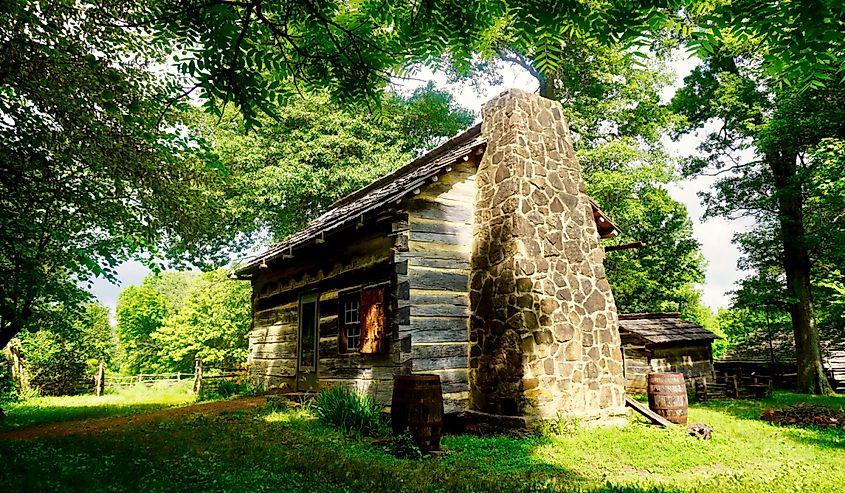
For more Lincoln lore, visit the Lincoln in Indiana Museum, housed in the Memorial Visitor Center. Completed in 1943, the museum contains twelve exhibits about Lincoln’s young adulthood, his presidency, and frontier life in Indiana. Highlights include a desk made by Thomas Lincoln and a Pioneer Cabin display which recreates an 1800s home.
The park grounds of the Lincoln Boyhood National Memorial are open year-round, from sunrise to sunset, and the visitor center is open five days a week, Wednesday to Sunday. There’s no accommodation at the park, but there are several options in the nearby towns of Santa Claus to the east of the park and Dale to the north.
Indiana Adventures
Indiana’s extensive park network makes its beautiful landscapes very accessible to visitors. These preserves receive millions of visits a year, and it’s easy to see why they’re so popular. Hike sand dunes along the Great Lakes, climb through glacier-carved canyons, and wander in the footsteps of the 16th president. Indiana is a playground for nature-lovers and fun-seekers. A true jewel of the Midwest, the Hoosier State has it all. The state’s well-preserved and maintained parks are where history, heritage, and nature combine to offer family-friendly adventure and one-of-a-kind attractions.
